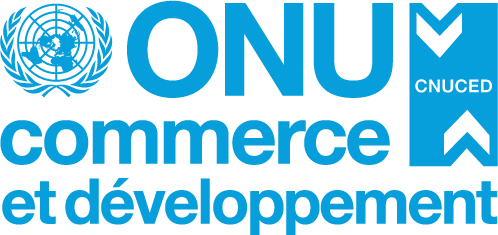World export growth stalls in Q2 2025
Volume of merchandise exports, Q1 2005=100, seasonally adjusted
UN Trade and Development, UNCTADstat.
This index indicates the change in exports, adjusted for the movement of prices, relative to the base quarter. Seasonal adjustment is based on X-12-ARIMA.
Seasonally adjusted world export volumes grew by only 0.1% in the second quarter of 2025, after a strong 3.7% expansion in Q1. They are nowcasted to grow by 1% and 1.2% in the third and fourth quarters, respectively.
Developing economies recorded export growth of 0.6%, compared to 5.7% in the previous quarter. Exports from developed economies declined by 0.3%, following a 2.0% increase in Q1 2025.
